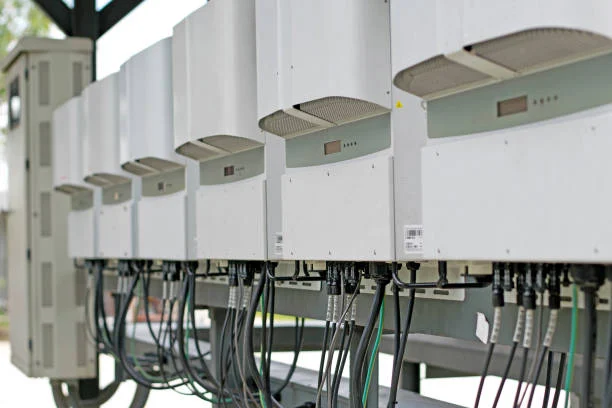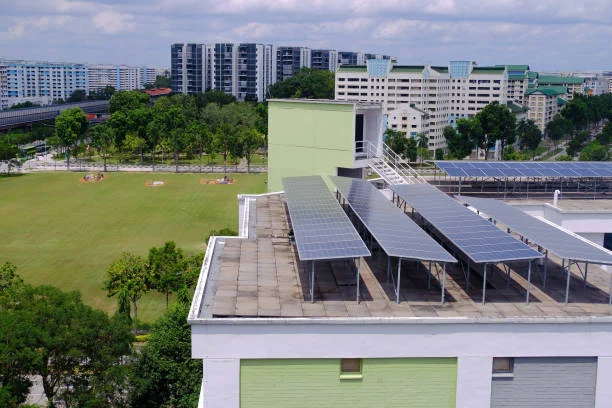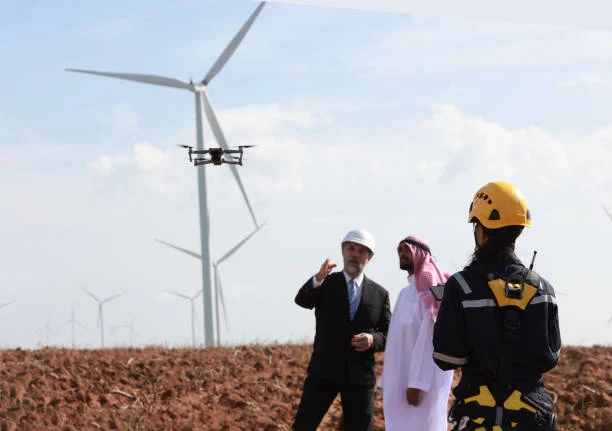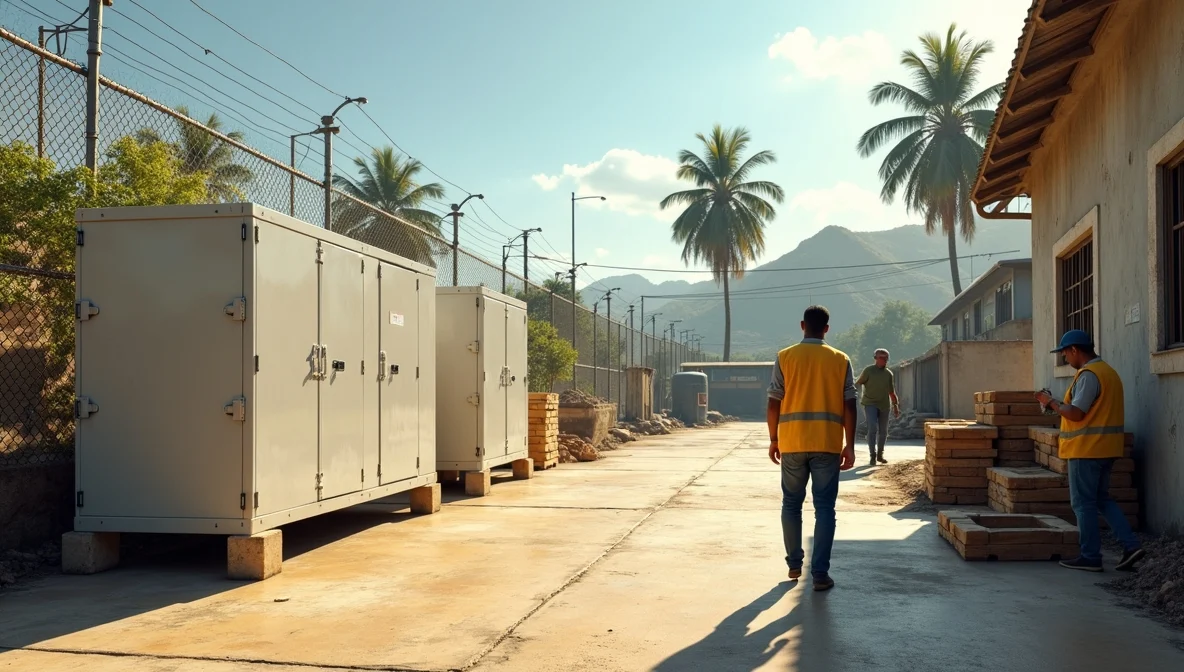Inverter Innovations in Kazakhstan: Powering the Nation’s Energy Transition and Sustainability Goals
2025-04-27
Overview
Kazakhstan is speeding up the modernization of its energy infrastructure to support ambitious sustainability targets. At the heart of the change is that there are inverter technologies—advanced power electronics that convert and control electricity between renewable sources, energy storage technologies, and the grid. With the application of Kazakhstan Energy Storage Future Prospects, collaboration with Kazakhstan Energy Market Players, and the establishment of Kazakhstan Renewable Energy Integration, the technologies guarantee optimization of performance and guarantee of reliability in the harsh continental climate.

The Dawn of Kazakhstan's Renewable Inverters
From Solar Farms to Grid Services
- Commissioning of large solar power facilities like the 30 MW Zhangiztobe Solar Plant has led to calls for high-performance photovoltaic invertersto provide variable output and grid-support functionality.
- Similarly, the 100 MW Nurgisa Solar Park uses high-grade inverter technology to supply its 303,000 panels with stable voltage and frequency even during partial shading or harsh temperatures.
Smart Inverters and Virtual Power Plants
- Smart invertersof today have features such as grid-support in the form of reactive power compensation and ride-through during disturbance, which are the cornerstones of Kazakhstan Renewable Energy Integration.
- Smart inverters are also the center of next‐generation Virtual Power Plants(VPPs), aggregating solar and battery distributed resources to compete in ancillary service markets.
Next‐Generation Market Players Driving the Transition
Domestic and International Partnerships
- Independent builders and state utilities team up with international inverter manufacturers to localize production and offer control software grid-code compatible with Kazakhstan.
- Energia promotes large financed by EBRD and UN Climate Fund projects in presenting combined inverter-battery arrangements to establish Kazakhstan Energy Storage Best Practice standards.
Policy and Regulatory Support
- New policy needs of having advanced inverter capability on any installation over 1 MW generated the need for anti-islanding and low-voltage ride-through functions.
- Feed-in tariff regulation and reserve capacity auctions increasingly enable incentives for high-response inverter systems.
Technology Trends and Best Practices
Hybrid Inverter Architectures
- Hybrid inverterscombine DC-coupled solar, battery storage, and generator inputs to facilitate off-grid capability and achieve optimal self-consumption for remote oil-field camps.
- Best practices include modular construction for easy servicing, liquid cooling for thermal integrity, and redundant networks of micro-inverters for rapid fault isolation.
Digitalization and Predictive Maintenance
- IoT-enabled inverters provide real-time SCADA monitoring and machine-learning diagnostic solutions, reducing downtime and maximizing asset life to its maximum potential.
- Predictions alert anomalies—hot spots or loss of insulation—before they can become costly problems, maximizing energy storagealong with inverter warranties.
Future Perspective
Scaling Up and Diversifying
- Kazakhstan will achieve 50% penetration by renewable energy in 2030 and need over 5 GW new inverter capacity in solar, wind, and storage hybrid schemes.
- New use cases—hydrogen-ready inverters for green H₂ demonstration plants—are going to further create market diversity.





